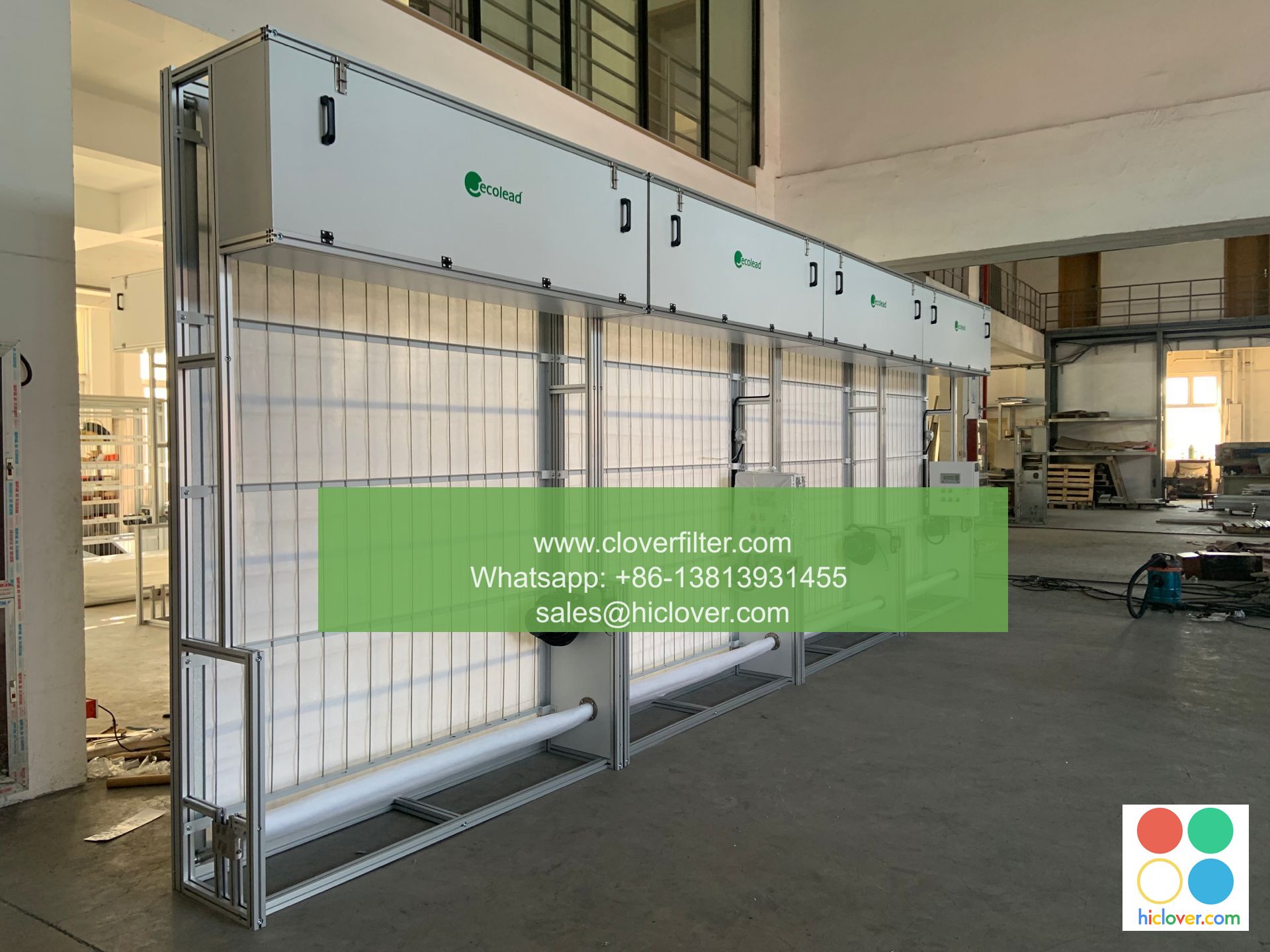The Consequences of Inaccurate Measurements: Nominal vs Actual Size

The Consequences of Inaccurate Measurements: Nominal vs Actual Size
Accurate measurements are crucial in various industries, from construction to manufacturing, where even a small mistake can have far-reaching consequences. Inaccurate measurements can lead to poor quality products, wasted resources, and even health and safety issues. This article will explore the consequences of inaccurate measurements, specifically focusing on the difference between nominal and actual size, and its impact on various application areas.
Nominal vs. Actual Size: The Difference
Nominal size refers to the size of an object or product as described or labeled, without considering the actual measurement. For example, a screw might be labeled as a "3-inch" screw, but the actual length may vary slightly due to manufacturing tolerances or other factors. Actual size, on the other hand, is the true, measured size of an object or product.
Consequences of Inaccurate Measurements
Quality and Performance Issues
Inaccurate measurements can lead to quality and performance issues in various products and services. For instance:
- Construction: Inaccurate measurements can result in poorly built structures, leading to structural weaknesses, poor insulation, and increased energy bills.
- Manufacturing: Inaccurate measurements can produce products with defects, reducing their quality and performance.
- Automotive: Incorrect measurements can lead to engine problems, poor braking performance, and even accidents.
Wasted Resources and Costs
Inaccurate measurements can also lead to wasted resources and increased costs. For example:
- Construction: Over- or under-dimensioning of materials, such as pipes or wiring, can result in wasted resources and increased project costs.
- Manufacturing: Inaccurate measurements can lead to rework, retooling, or even scrapping of entire production runs, resulting in significant financial losses.
- Supply Chain Management: Inaccurate inventory management can lead to overstocking or understocking, causing inventory management issues and delays.
Health and Safety Concerns
Inaccurate measurements can also pose serious health and safety risks. For instance:
- Construction: Inadequate or incomplete measurements can lead to reduced structural stability, increasing the risk of collapse or injury.
- Healthcare: Inaccurate measurements can result in misdiagnosed or mistreated conditions, compromising patient care and safety.
Best Practices for Achieving Accurate Measurements
To avoid the consequences of inaccurate measurements, it’s essential to implement best practices in measurement and quality control. These include:
- Calibration: Regularly calibrate measurement tools to ensure accuracy.
- Quality Control: Implement quality control measures to detect and correct errors.
- Transparency: Ensure clear and transparent communication throughout the production process.
- Training: Provide ongoing training to measurement personnel to ensure they understand the importance of accurate measurements.
Conclusion
Conclusion
Accurate measurements are crucial in various industries, and inaccuracy can have far-reaching consequences. By understanding the difference between nominal and actual size, recognizing the potential consequences of inaccuracy, and implementing best practices for measuring and quality control, industries can minimize the risks associated with inaccurate measurements and ensure the delivery of high-quality products and services.
Key Takeaways
- Accurate measurements are crucial in various industries, including construction, manufacturing, and healthcare.
- Inaccurate measurements can lead to quality and performance issues, wasted resources, and increased costs.
- Best practices for measuring and quality control can help minimize the risks associated with inaccurate measurements.
Highlighted Application Areas
- Construction
- Manufacturing
- Automotive
- Supply Chain Management
- Healthcare
Additional Resources
For more information on the importance of accurate measurements and best practices for measurement and quality control, please visit the following resources:
- ASME (American Society of Mechanical Engineers)
- ANSI (American National Standards Institute)
- NIST (National Institute of Standards and Technology)
I’m happy to help! However, I don’t see a prompt from you. Could you please provide one? What would you like to talk about, ask, or discuss?

